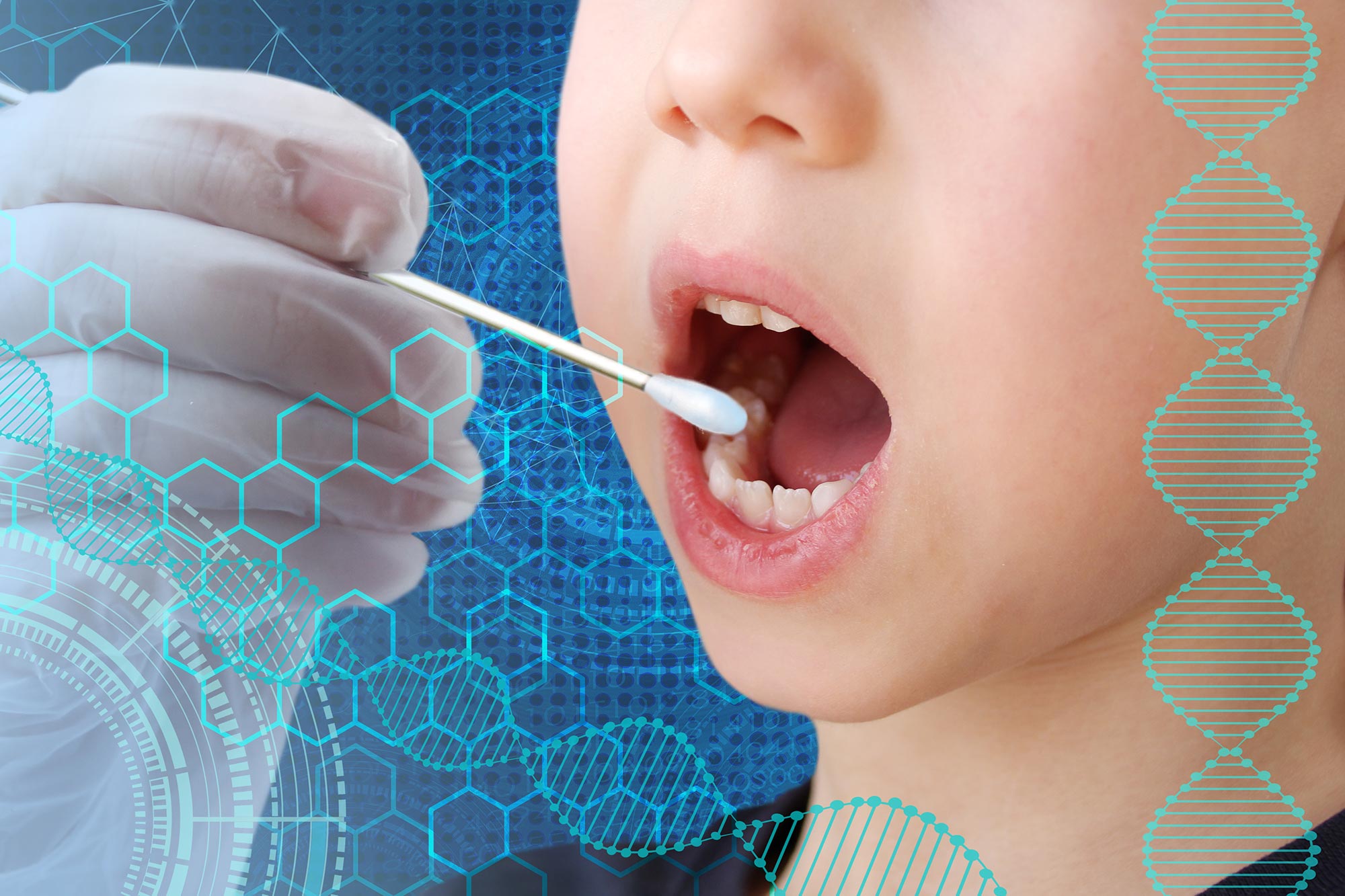Researchers have found that nearly three-quarters of the population carry newly identified genetic elements called Inocles, which may influence oral health, immunity, and cancer risk.
Researchers at the University of Tokyo and collaborators have uncovered a surprising discovery within the human mouth: Inocles, massive DNA elements that until now had gone unnoticed. These structures appear to be essential for helping bacteria adjust to the ever-changing oral environment. The findings shed new light on how bacteria establish themselves and survive in the mouth, with possible consequences for human health, disease, and microbiome research.
Revisiting the oral microbiome
It might seem as though modern medicine has already mapped every detail of the human body. Yet in the past decade alone, researchers have identified small, previously unrecognized organs, and one field undergoing a revival of discovery is the study of the microbiome.
This includes not only the gut microbiome but also the oral microbiome. Drawing inspiration from recent reports of unusual DNA in soil microbiomes, Project Research Associate Yuya Kiguchi and his team examined a large collection of saliva samples gathered by the Yutaka Suzuki Lab at the Graduate School of Frontier Sciences, University of Tokyo. They set out to determine whether similar hidden DNA elements could be found in human saliva.
“We know there are a lot of different kinds of bacteria in the oral microbiome, but many of their functions and means of carrying out those functions are still unknown,” said Kiguchi. “By exploring this, we discovered Inocles, an example of extrachromosomal DNA — chunks of DNA that exist in cells, in this case bacteria, but outside their main DNA. It’s like finding a book with extra footnotes stapled to it, and we’re just starting to read them to find out what they do.”
Advanced sequencing breakthrough
Identifying Inocles proved challenging because standard sequencing methods break genetic material into fragments, making it impossible to piece together large elements. To address this, the researchers used advanced long-read sequencing technology capable of capturing extended stretches of DNA.
A major step forward came from co-first author Nagisa Hamamoto, who created a technique called preNuc that selectively removes human DNA from saliva samples, greatly enhancing the accuracy of sequencing long fragments of other DNA. With this approach, the team was able to assemble complete Inocle genomes for the first time, discovering that they are hosted by the bacterium Streptococcus salivarius, although determining the host itself was a complex task.
“The average genome size of Inocle is 350 kilobase pairs, a measure of length for genetic sequences, so it is one of the largest extrachromosomal genetic elements in the human microbiome. Plasmids, other forms of extrachromosomal DNA, are at most a few tens of kilobase pairs,” said Kiguchi. “This long length endows Inocles with genes for various functions, including resistance to oxidative stress, DNA damage repair, and cell wall-related genes, possibly involved in adapting to extracellular stress response.”
Future research directions
The team aims to develop stable methods for culturing Inocle containing bacteria. This will allow them to investigate how Inocles function, whether they can spread between individuals, and how they might influence oral health conditions such as cavities and gum disease. Since many Inocle genes remain uncharacterized, researchers will use a mixture of laboratory experiments and also computational simulations, such as AlphaFold, to predict and model the roles Inocles may play.
“What’s remarkable is that, given the range of the human population the saliva samples represent, we think 74% of all human beings may possess Inocles. And even though the oral microbiome has long been studied, Inocles remained hidden all this time because of technological limitations,” said Kiguchi. “Now that we know they exist, we can begin to explore how they shape the relationship between humans, their resident microbes, and our oral health. And there’s even some hints that Inocles might serve as markers for serious diseases like cancer.”
Reference: “Giant extrachromosomal element “Inocle” potentially expands the adaptive capacity of the human oral microbiome” by Yuya Kiguchi, Nagisa Hamamoto, Yukie Kashima, Lucky R. Runtuwene, Aya Ishizaka, Yuta Kuze, Tomohiro Enokida, Nobukazu Tanaka, Makoto Tahara, Shun-Ichiro Kageyama, Takao Fujisawa, Riu Yamashita, Akinori Kanai, Josef S. B. Tuda, Taketoshi Mizutani and Yutaka Suzuki, 11 August 2025, Nature Communications.
DOI: 10.1038/s41467-025-62406-5
This study was supported by grants from the Institute for Fermentation, Osaka (Y-2022-1-010), the Japan Agency for Medical Research and Development (AMED) (22fk0108538s0201), and the JSPS KAKENHI (24K18092) to Y.Kiguchi, a grant from the JSPS KAKENHI (22K15833) to T.E., and a grant from the Platform for Advanced Genome Science (22H04925) to Y.S.
Never miss a breakthrough: Join the SciTechDaily newsletter.
Source link
